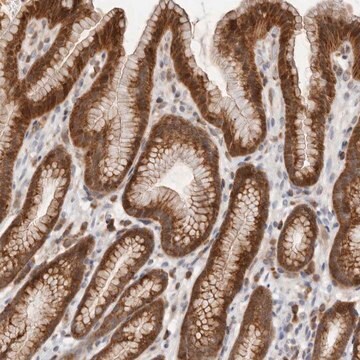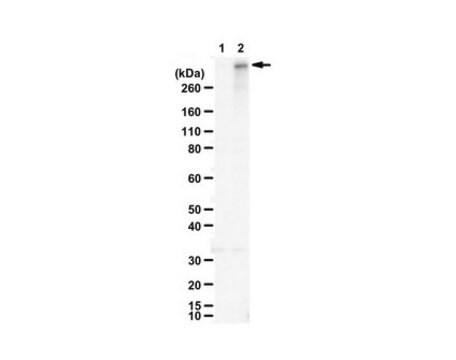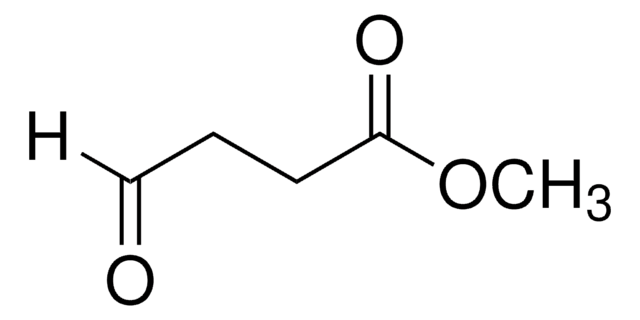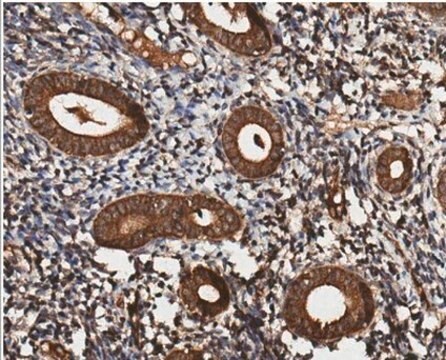ABN1474
Anti-RNF213
from rabbit, purified by affinity chromatography
Synonim(y):
E3 ubiquitin-protein ligase RNF213, EC:2.3.2.27, ALK lymphoma oligomerization partner on chromosome 17, Mysterin, RING finger protein 213, RING-type E3 ubiquitin transferase RNF213
About This Item
Polecane produkty
pochodzenie biologiczne
rabbit
forma przeciwciała
affinity isolated antibody
rodzaj przeciwciała
primary antibodies
klon
polyclonal
oczyszczone przez
affinity chromatography
reaktywność gatunkowa
human
opakowanie
antibody small pack of 25 μg
metody
immunohistochemistry: suitable (paraffin)
western blot: suitable
izotyp
IgG
numer dostępu NCBI
numer dostępu UniProt
docelowa modyfikacja potranslacyjna
unmodified
informacje o genach
human ... RNF213(57674)
Opis ogólny
Specyficzność
Immunogen
Zastosowanie
Western Blotting Analysis: 2 µg/mL from a representative lot detected RNF213 in 10 µg of HEK293 cells transfected with 3XFLAG RNF213 WT.
Neuroscience
Jakość
Western Blotting Analysis: 2 µg/mL of this antibody detected RNF213 in 10 µg of HUVEC lysate.
Opis wartości docelowych
Postać fizyczna
Przechowywanie i stabilność
Inne uwagi
Oświadczenie o zrzeczeniu się odpowiedzialności
Nie możesz znaleźć właściwego produktu?
Wypróbuj nasz Narzędzie selektora produktów.
Certyfikaty analizy (CoA)
Poszukaj Certyfikaty analizy (CoA), wpisując numer partii/serii produktów. Numery serii i partii można znaleźć na etykiecie produktu po słowach „seria” lub „partia”.
Masz już ten produkt?
Dokumenty związane z niedawno zakupionymi produktami zostały zamieszczone w Bibliotece dokumentów.
Nasz zespół naukowców ma doświadczenie we wszystkich obszarach badań, w tym w naukach przyrodniczych, materiałoznawstwie, syntezie chemicznej, chromatografii, analityce i wielu innych dziedzinach.
Skontaktuj się z zespołem ds. pomocy technicznej








